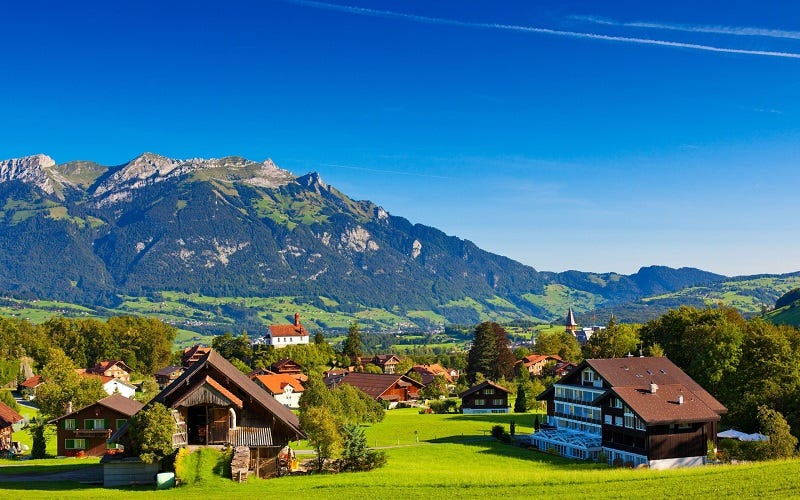In the vibrant tapestry of societal structures, few concepts evoke as much fascination and complexity as Casteò. This intricate framework intertwines ancient customs with the rapid pace of contemporary life, offering a unique lens through which we can dissect social dynamics, cultural identity, and the inexorable march of technology. Let’s delve into the depths of Casteò and explore its profound implications.
Origins
Casteò traces its origins deep into the annals of history, where it emerged as a foundational element of many cultures worldwide. Rooted in traditions that span generations, Casteò embodies a hierarchical system that classifies individuals based on birth, occupation, and societal roles. These classifications often dictate social interactions, economic opportunities, and even marital alliances, shaping the very fabric of communities over centuries.
Evolution
Over time, Casteò has undergone a metamorphosis, adapting to the changing landscapes of society. What once rigidly defined roles and expectations are now subject to reinterpretation and critique. Modernity has brought forth challenges to traditional norms, ushering in debates about equality, social justice, and the rightful place of historical legacies in contemporary life.
Social Dynamics
At its core, Casteò influences intricate social dynamics, creating webs of privilege and disadvantage that ripple through generations. The hierarchical structure inherently embeds notions of status and power, influencing access to education, healthcare, and economic opportunities. These dynamics often perpetuate inequalities, presenting formidable barriers to social mobility and reinforcing systemic disparities.
Cultural Identity
Beyond its structural implications, Casteò plays a pivotal role in shaping cultural identity. It serves as a repository of historical narratives, myths, and rituals that define communal identities. Practices associated with specific castes imbue communities with a sense of continuity and belonging, preserving customs that form the bedrock of cultural heritage amidst globalization’s relentless march.
Technological Integration
In an era defined by rapid technological advancement, Casteò stands at a crossroads between tradition and innovation. The digital age has catalyzed new forms of social interaction and economic participation, challenging traditional boundaries and offering avenues for social change. Technology, often perceived as a disruptor, also serves as a tool for advocacy, education, and mobilization within caste-based communities.
Contemporary Discourse
Contemporary discourse surrounding Casteò is marked by complexity and divergence. Advocates for social reform call for dismantling entrenched hierarchies and ensuring equal opportunities for all. Simultaneously, defenders of tradition emphasize the cultural significance and historical continuity that Casteò preserves. Bridging these perspectives requires navigating sensitive terrain, fostering dialogue, and envisioning inclusive futures.
Conclusion
As we navigate the intricate layers of Casteò, we encounter a tapestry woven from centuries of tradition and the dynamic threads of modernity. It serves as a poignant reminder of the enduring impact of historical legacies on contemporary societies. By critically examining its implications, we pave the way for meaningful dialogue, social reform, and collective progress toward a more equitable future.
In essence, Casteò remains a profound embodiment of the intersection between past traditions and the evolving landscapes of the present—a bridge that connects us to our history while challenging us to shape a more just and inclusive tomorrow.



